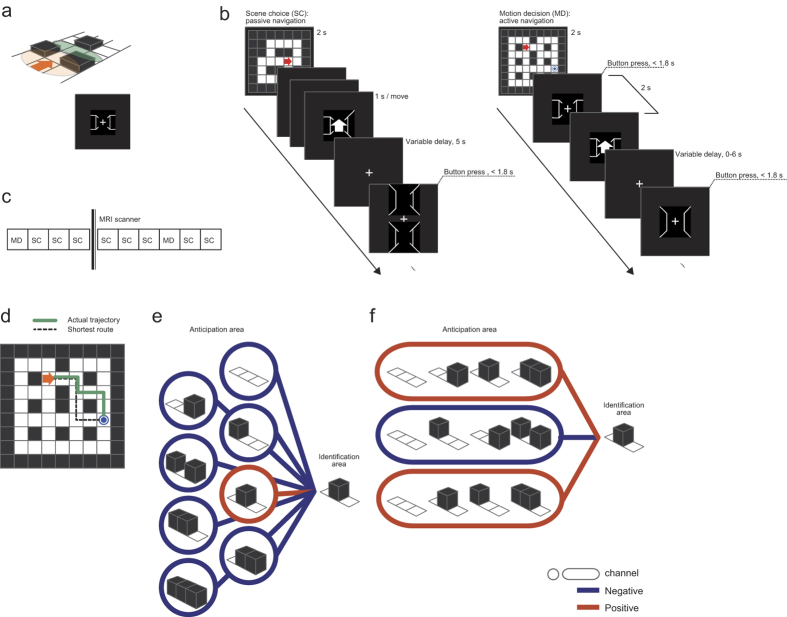Figure 1. Experimental procedure and encoding scheme.
(a) A schematic drawing of a single trial in our spatial navigation task. The orange oval indicates the visual field seen by a participant at the state indicated by the red arrow (state = location + orientation); seen are two walls (the forward-left and forward-right view parts) and one path (the forward-centre view part) (bottom). After moving forward, the participant sees three new view parts (green oval). (b) Participants took part in scene choice (SC) and motion decision (MD) navigation tasks. In SC (left panel), participants predicted the next scene view consisting of three unseen view parts (forward-left, forward-centre, and forward-right) consisting of either wall (black square on the top display) or path (white square) elements. For each trial, they chose the next scene view from between the correct next scene and an incorrect one. In MD (right panel), participants were requested to navigate from an initial state (red arrow on the top display) to a goal square (blue circle). (c) Before the experiment, participants were trained in relating the 2D and 3D views in MD. (d) Sample behaviours in MD. Shown are the actual trajectory taken by the participant (green line) and the shortest route (black dashed line). This participant took the second-shortest route to the goal square. Route length was calculated as number of moves including pure rotations. (e) We assumed a perceptron architecture, in which multiple, different encoding channels cooperatively represent the next scene view. We had 8 possible scene views, so a naïve encoder design would have eight corresponding channels; when predicting a specific scene view, one channel is activated (red circle), while the others are inactivated (blue circles). (f) A more sophisticated encoder. The top and bottom channels (activated) each vote as expecting one of the four possibilities in each red oval, and the middle channel (inactivated) votes as expecting the remaining possibilities in the blue oval. No channel can predict the scene view by itself, but the majority of votes can (here, a predicted wall in the forward-centre view).

